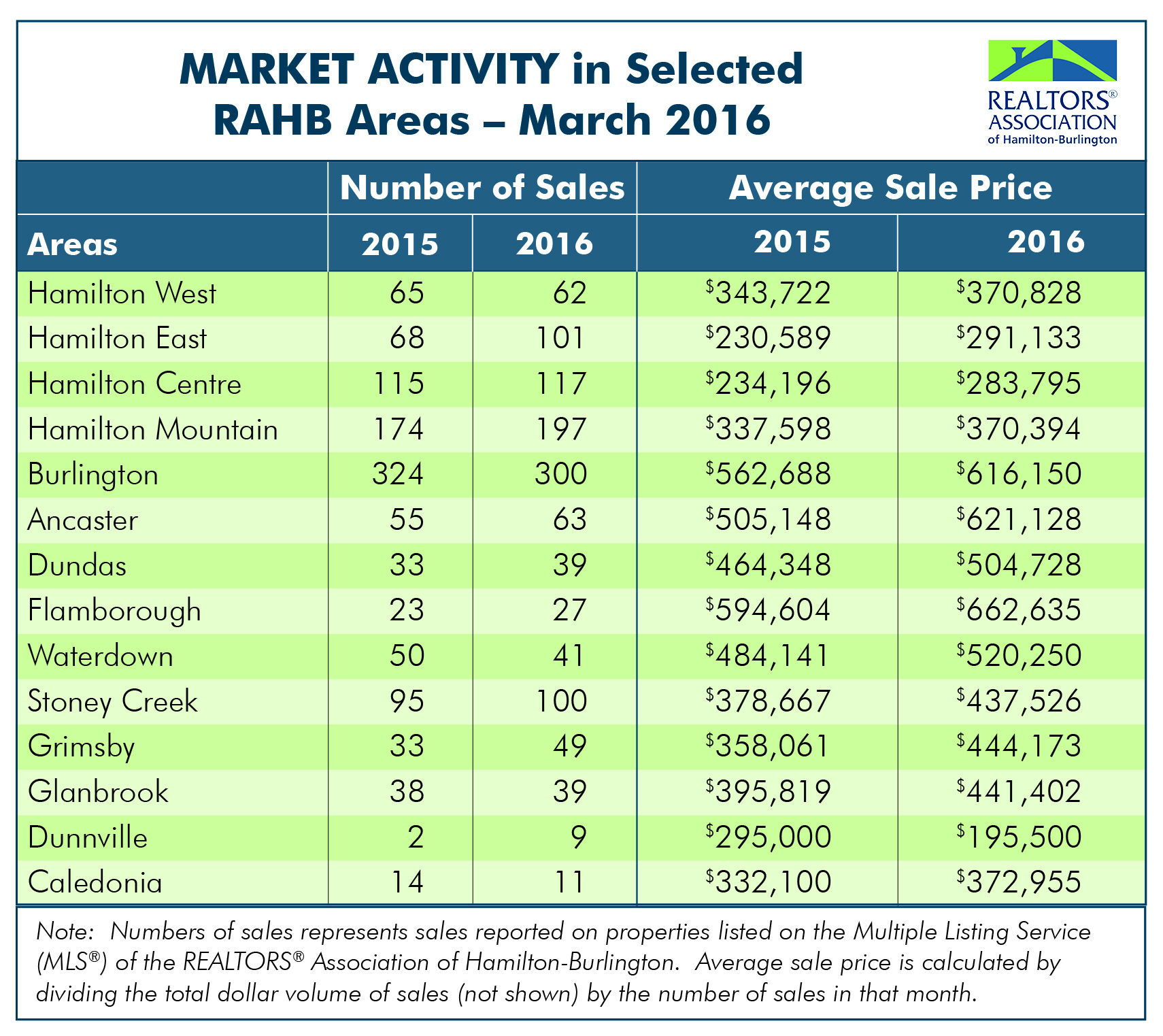How "Smart" is Your Home?
Smart home products are quickly catching on with consumers ranging from front doors that unlock as you come up the walkway, robot lawnmowers that keep your grass trimmed, remote controlled thermostats and lighting, to home monitoring cameras. What was once science fiction, or conveniences seen on the TV show the Jetsons, “Smart” technology has become today's reality.
This new trend has widespread implications for those people thinking about selling their home or shopping for a new home. A 2015 Real Estate Survey showed that 81% of home owners are more likely to purchase a home with Smart home technology installed. According to the survey, 33% of agents said homes with Smart technology sold faster than those without.
What does Smart home technology looks like today?
Any device in your home that uses electricity can be put on your home network and at your command. Whether you give the command by voice, remote control, tablet or Smart phone, the home reacts. The main idea for Smart homes is that we’re building intelligent living spaces that take care of us instead of the opposite.
Smart home technology isn’t just a new gimmick, it is a practical way to make your home greener, saving you time and money without lifting a finger. A few examples include:
1. Home Automation
What if your home could sense when you were awake and adjust the lights or thermostat accordingly? What if your baby monitor alerted you to your baby’s sleep activity and comfort level? And what if your refrigerator could detect when you’re low on groceries and then send your car a reminder to go to the grocery store.
It’s hardly a far-fetched thing today. Wireless Smart home technologies such as Nest and Zigbee have made it easier than ever to automate your home or control aspects of it from a Smart phone or tablet.
Nest, for instance, works with compatible Smart appliances— including Philips HUE lighting and Logitech remotes—to set your home on autopilot. Observe any room without getting up from the couch with easy-to-install cameras; set your remote control to also warm up your living room when you settle in for movie night; or even get updates on your pet’s eating habits while you’re at work.
2. Home security systemsThe next most popular type of Smart home technology that people currently have installed in their home according to the survey is Smart home security. In addition to traditional systems, these may include video monitors inside and outside the house that you can view on a Smart phone from anywhere you happen to be.
3- Home entertainments systems
No Smart home would be complete without the right entertainment system to compliment your lifestyle. A Smart home has you covered, from a superior 4K TV experience with a billion colours, to in-wall sound bars and outdoor speakers.
The Smart home industry is moving forward
While we all likely have more than a few Internet-connected devices already in our homes—whether it’s a Wi-Fi enabled game console, a Smart TV, or a connected security solution—these are piecemeal solutions. A truly Smart home is one that connects multiple systems into one system and collects and responds to data.
The Smart home industry is still moving forward, many companies are already pouring millions of dollars into developing technologies that seamlessly integrate our digital and physical worlds within our cars and homes and we are about to see the fruits of this movement in the near future.
Source: Canada Realty Newsletter









